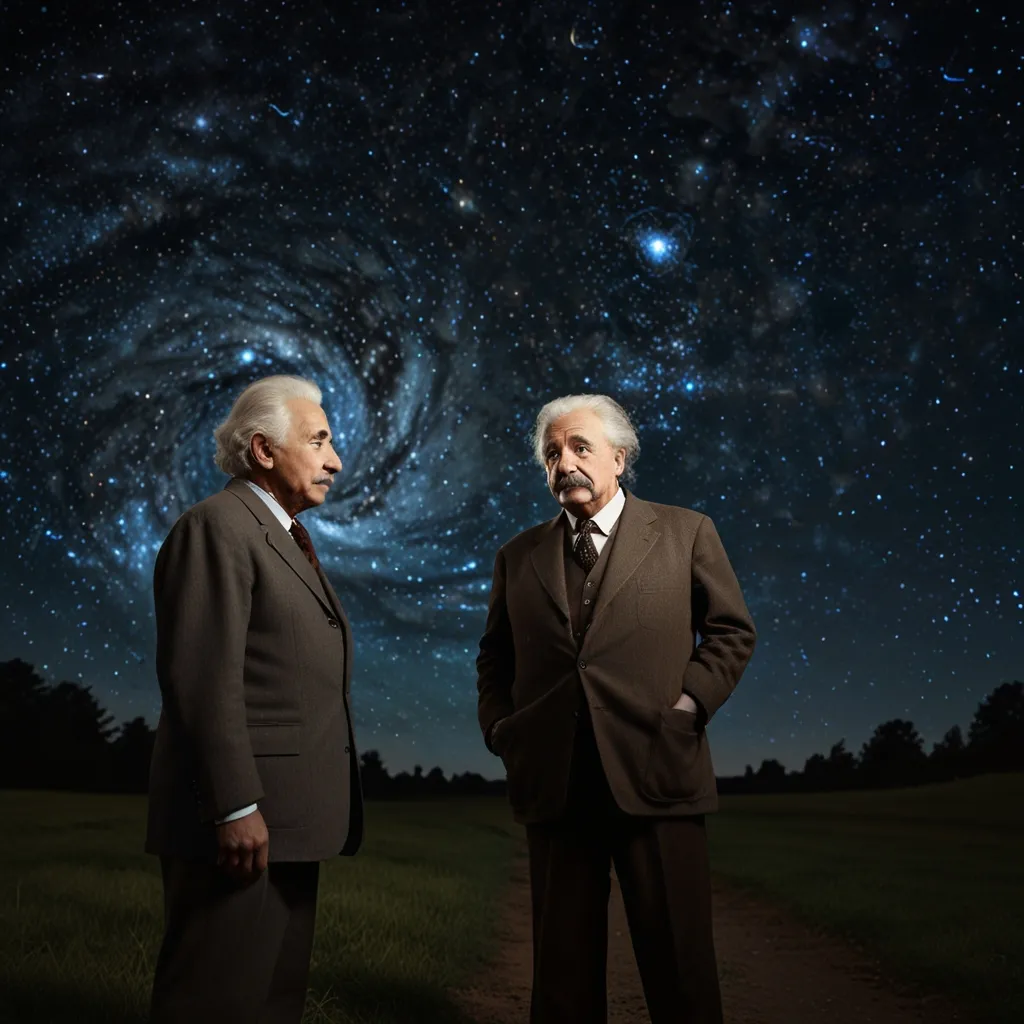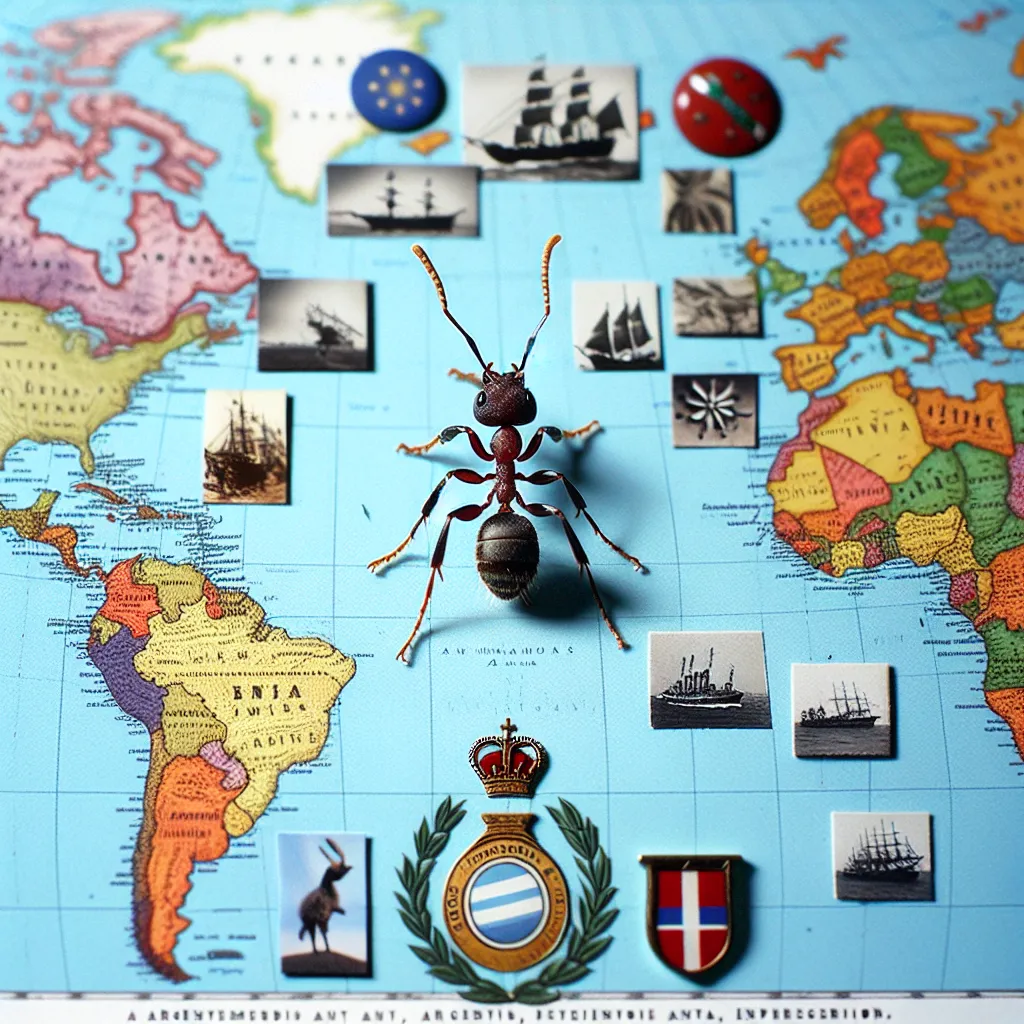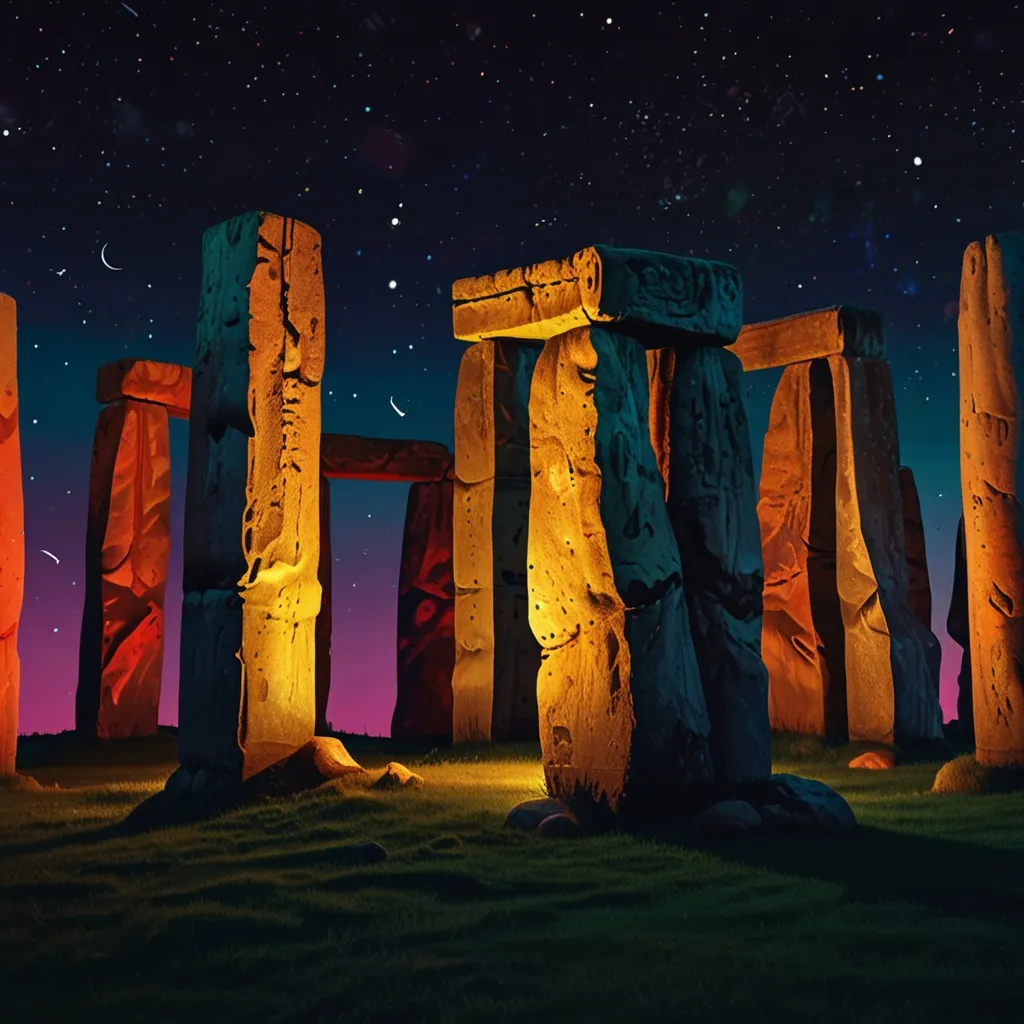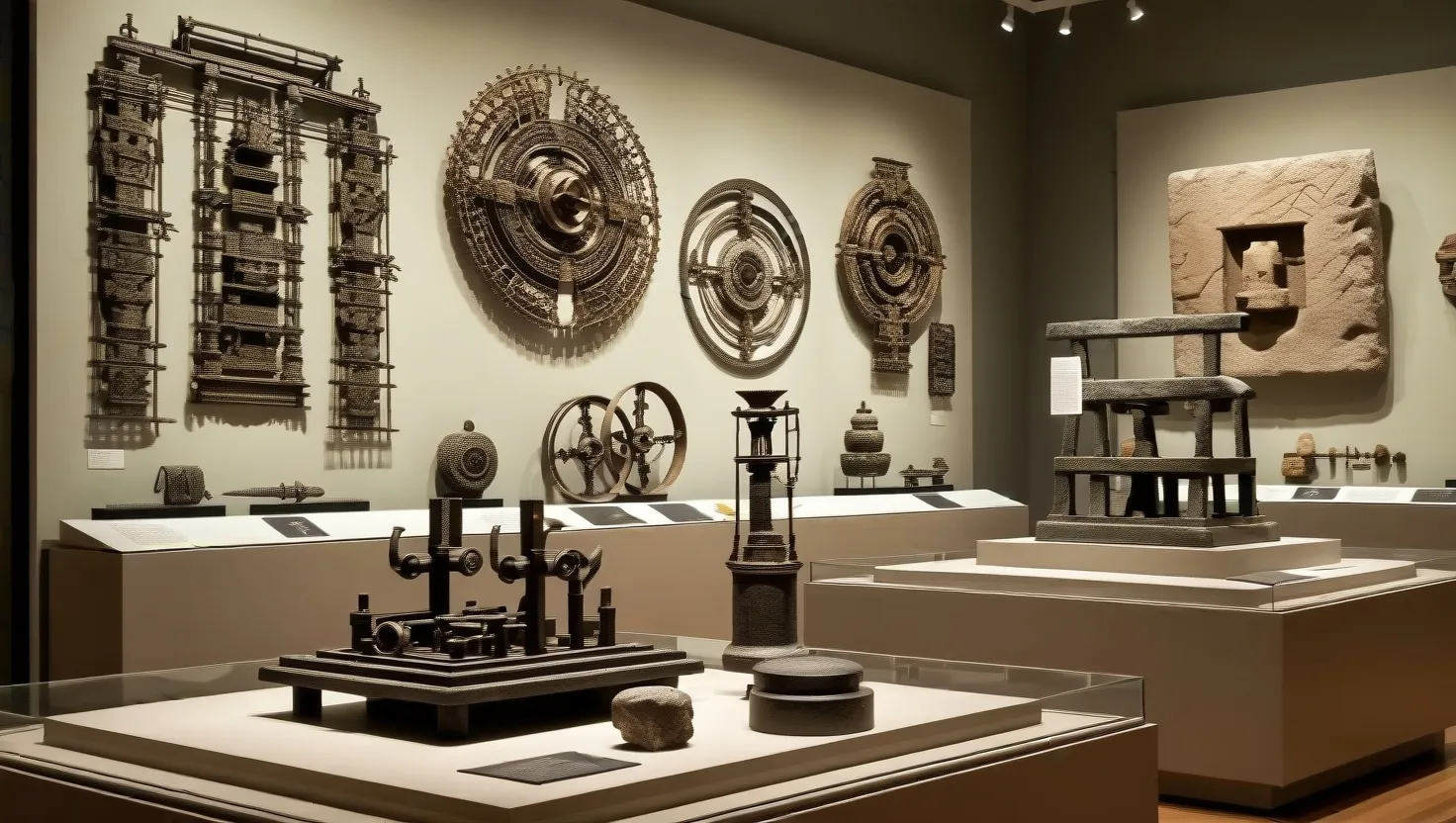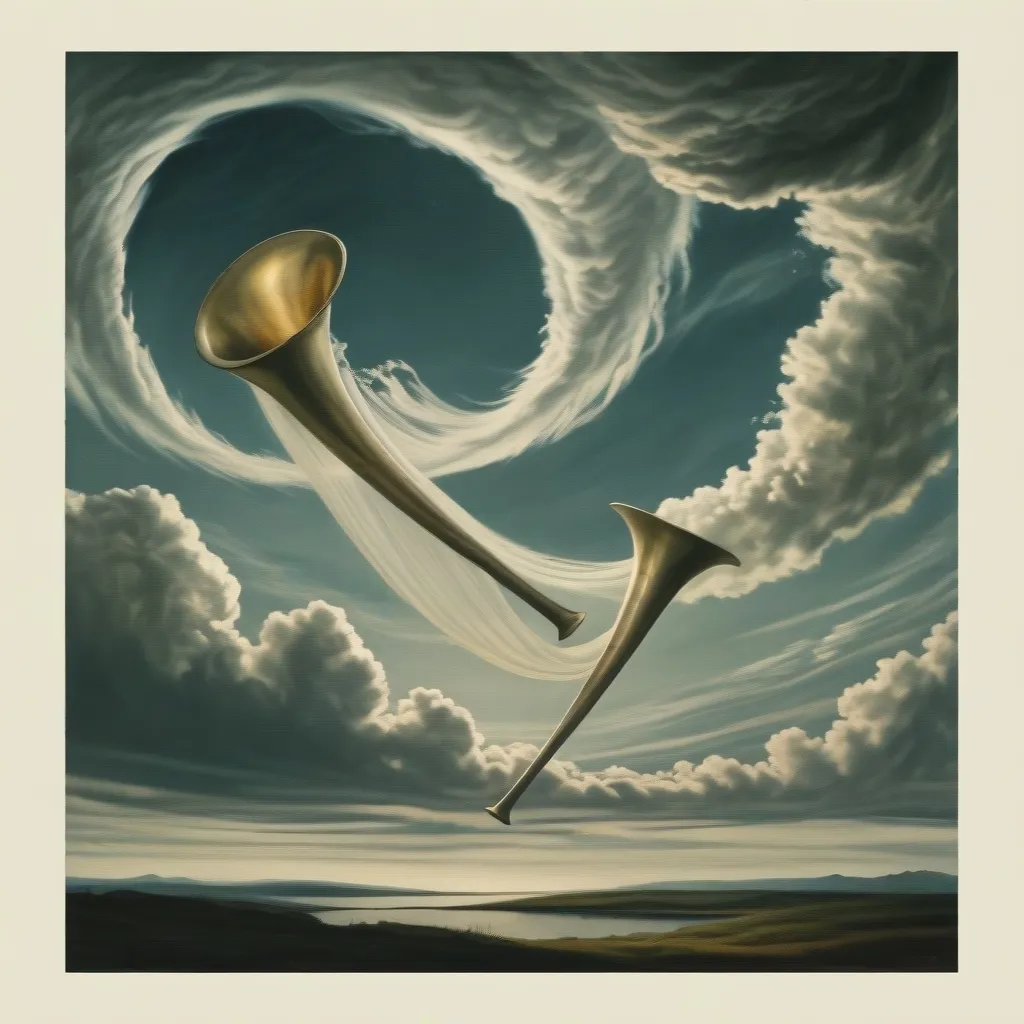In July 1935, Princeton, New Jersey, witnessed a remarkable breakthrough. Physicists Albert Einstein and Nathan Rosen, while collaborating at the Institute for Advanced Study, published a groundbreaking idea. They concluded that the theory of relativity permits shortcuts across the space-time continuum. These paths, known as Einstein-Rosen Bridges or more commonly as wormholes, connect distant locations, making travel to the remotest stars a conceivable reality.
Imagine a piece of paper curved around and then connected from one place to another. That’s the basic layman’s idea of a wormhole, a structure involving significant bending of space, linking two different parts of the universe. From our planet to the nearest star system, it is 4.2 light-years or about 26 trillion miles away. To reach there, one would need to travel for 4.2 years at the speed of light. Currently, wormholes are the only theoretical way to make such a traverse conceivable in a human lifetime.
This mind-boggling concept brings about endless possibilities, but the practical realization of wormhole travel poses supreme challenges. Scientists estimate that creating a traversable wormhole would need a significantly more substantial amount of energy than currently possible. That’s where the concept of exotic matter comes into play. Exotic matter, something with negative mass, might unlock the mysteries of wormhole travel. So far, we know of matter with positive mass, but the existence of exotic matter, though hypothetical, isn’t entirely dismissed.
Most scientists agree that we’re far from harnessing the technology to create wormholes. Yet, some believe these celestial shortcuts might already exist. In 1991, Vanderbilt University scientists theorized that the chaos of the Big Bang could have created numerous wormholes billions of years ago. Space-time during the Big Bang expanded and contracted to such an extent that matter might have been mashed inside their event horizons, forming mini wormholes. By now, these mini wormholes could have stretched considerably, riding on the universe’s continuous expansion since the Big Bang.
Such theories lead to fascinating speculations. Could ancient astronauts have journeyed to Earth through these wormholes? It’s possible that these wormholes acted as stargates, with beings traveling through them, interacting with humans in ancient times.
Fast forward to modern history, and there are claims that wormholes might have been integral to unexplained phenomena. Take, for instance, the famous UFO encounter in Rendlesham Forest, Suffolk County, England. On December 26, 1980, Airman John Burroughs was conducting a security check at a U.S. Air Force Base when strange lights were observed in the forest. The incident involved multiple witnesses, who reported seeing a triangular craft and experiencing a peculiar sensation as if electricity was in the air.
Sergeant Penniston, one of the servicemen, reportedly saw the craft up close. The craft bore mysterious glyphs, and upon touching it, Penniston claimed he received a strange download of binary code. When translated years later, the code delivered a message implying an origin year of 8100.
This encounter led to speculations beyond extraterrestrial explanations. Could the beings who visited that night have been time travelers from the future? Both Penniston and Burroughs reported lasting physical effects and vivid dreams post-encounter. Such encounters leave one pondering if the craft seen that night were time machines rather than extraterrestrial vehicles.
Another intriguing case hails from Chile. On April 25, 1977, Corporal Armando Valdez, patrolling the northern desert with his unit, witnessed two bright violet lights descending. After approaching these objects, Valdez reappeared with a five-day beard growth and a watch showing a date five days into the future, though only minutes had seemingly passed for his patrol. His return and cryptic words about an impending return underline the mysterious nature of the encounter.
Chile remains a hotspot for UFO activity, with numerous sightings even admitted by the government. Geographical factors like vast uninhabited deserts and fjords provide perfect hiding spots for extraterrestrial activity—or perhaps, more intriguingly, for future human visitors.
A curious incident from Kingman, Arizona, in May 1953 further adds to this narrative. An unidentified object crashed during the Cold War, allegedly leading to a living alien, J-Rod, being housed at Area 51. Whistleblowers claimed J-Rod helped understand the extraterrestrial technology and revealed that he was a future human, visiting a past Earth to avert a planetary catastrophe.
Putting together these instances and theories paints a riveting picture of our universe. The idea of wormholes and the possibilities they unleash is an exciting frontier. These celestial shortcuts, while still hypothetical, underscore a universe brimming with possibilities yet to be fully understood. The link between past, present, and future remains enshrouded in mystery, with each encounter offering a tantalizing glimpse into a cosmos full of secrets.
